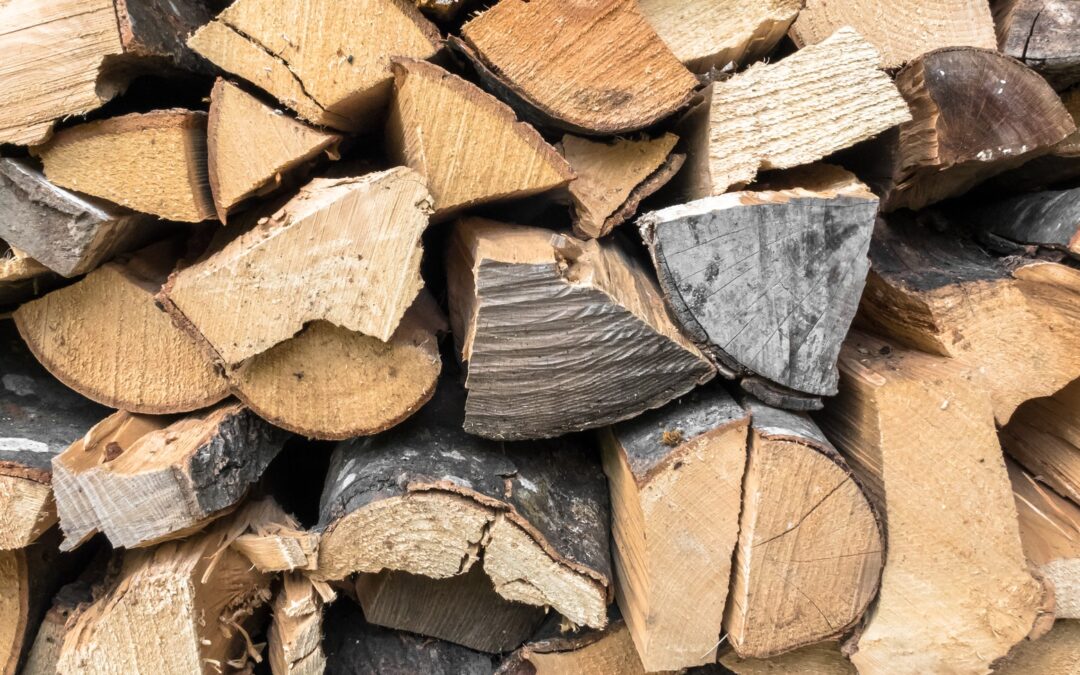Table of Contents
These features of good quality lumber will help you buy or supply the best lumber
As a naturally occurring material, lumber is used in several engineering and construction projects. Lumber can be used for structural and decorative purposes. It gives a new look to the property and requires little maintenance and upkeep. This article covers the best characteristics of good quality lumber.
Moisture Content
- The lower the moisture content, the higher is its strength and vice versa. Since wood is a spongy material, its cell walls are liable to stretch. This property enables the wood to absorb moisture about 2 to 2.5 times its weight. Lumber that has its moisture content reduced to 12-15% is considered safe for use in any sort of construction.
However, wood that is seasoned in a kiln has its moisture content reduced to less than 6%. Therefore, lumber that has a moisture content between 6 to 8% is ideal for interior and 9 to 14% for exterior work.
Determination Of Moisture Content
-

Dry firewood
The natural moisture content of wood is determined by using an equation. This equation uses the relationship between natural and oven-dried wood to calculate the moisture content of the wood sample. On average the moisture content or Mc value of natural wood is as high as 250%.
Fallen wood on the other hand that has been lying around for a while loses its moisture to the air. Its moisture content decreases with time and becomes as low as 20 to 30%. The moisture level of wood can be further reduced to desired levels by drying it in a kiln.
Durability
Durability is the first quality that is prioritized for any type of construction material. Lumber is considered durable if it has the following properties:
- Ability to resist biological agents such as bacteria, insects, and fungi.
- Able to withstand the attack of chemical agents such as wood preservatives and glue adhesives.
- If it endures the action of physical agents such as fluctuations in temperature, humidity, poor handling, and packing.
Even good-quality wood undergoes destruction when exposed to strong acids and alkalis. However, weak acid and alkali solutions do not affect the wood.
Impact Resistance
- The measure of resistance against dents and penetration determines the hardness of wood. Good lumber should be capable enough to endure shocks and jerks. It should be workable yet resistant to bending and splitting. Good lumber is always easy to drag and it should not damage the teeth of the saw during cutting.
Lumber should have the ability to withstand sudden impacts from the load. The density and heartwood properties of lumber affect the hardness of lumber. For instance, lumber with stronger heartwood has higher hardness. Such wood is used for making parts of automobiles, handles of different tools, etc.
Uniform Structure
- Lumber that has a uniform structure is considered good quality lumber. The lumber that has straight and firm fibers with closely located annual rings is mature enough for the construction of all sorts of lumber structures. Good quality lumber is easy to cut into required shapes and structures.
Resistance To Fire
- Wood has a high heat insulating capacity or in other words low thermal conductivity. Therefore fire resistance of lumber is low as compared to other materials such as metals, marble, glass, and concrete.
Dense wood is the type of lumber that is highly resistant to fire but only up to a certain extent. The thermal conductivity of lumber is affected by various factors including:
- Moisture content
- Density
- Porosity
However, certain treatments such as kiln drying can help reduce the flammability of wood.
Bol Design Inc. produces high-quality firewood kilns that efficiently remove the moisture from the firewood and make it drier. To get more information about our lumber kilns and other equipment, call us at 828-754-7001. Our office is located in Hudson, NC.

